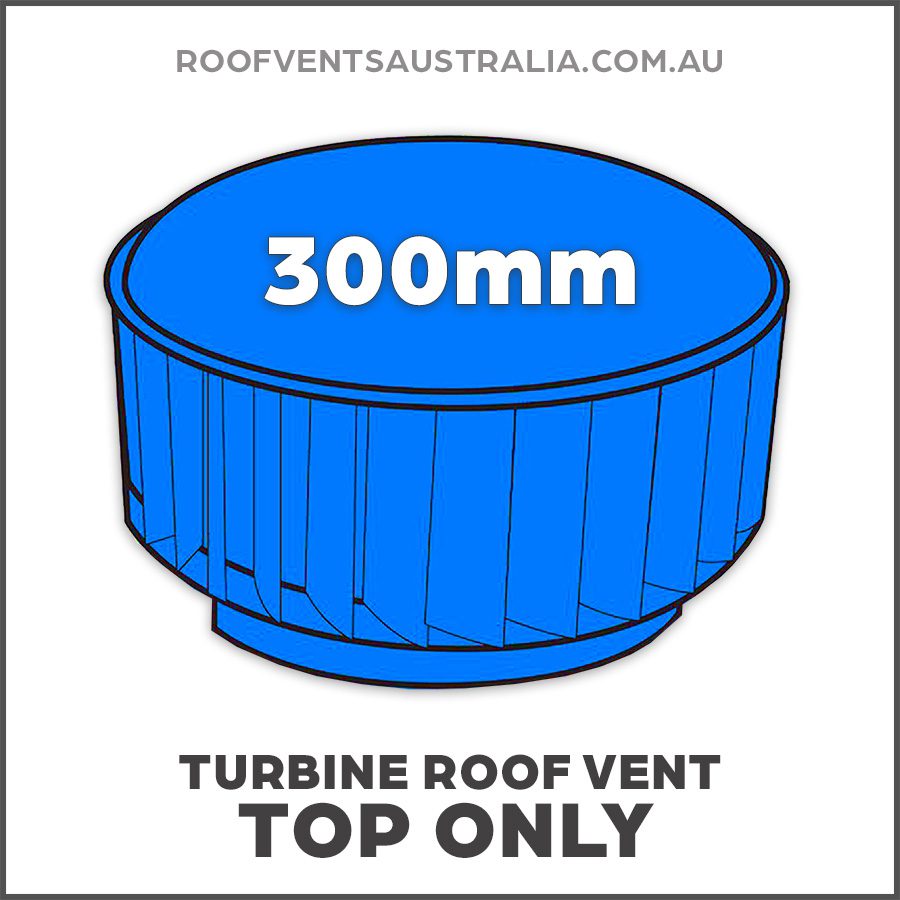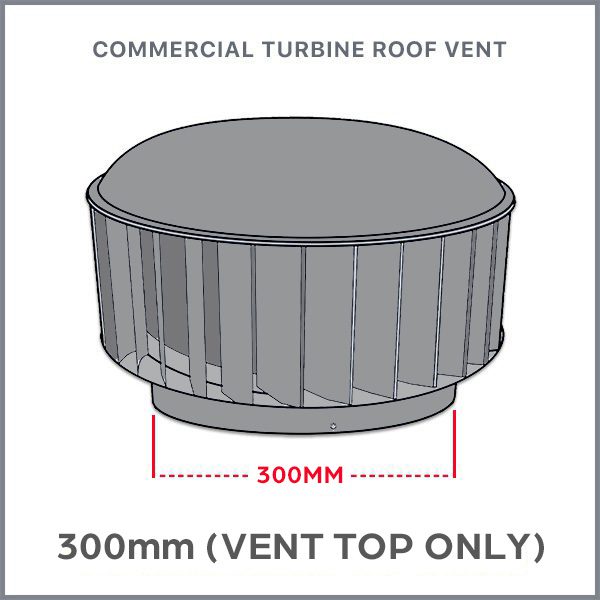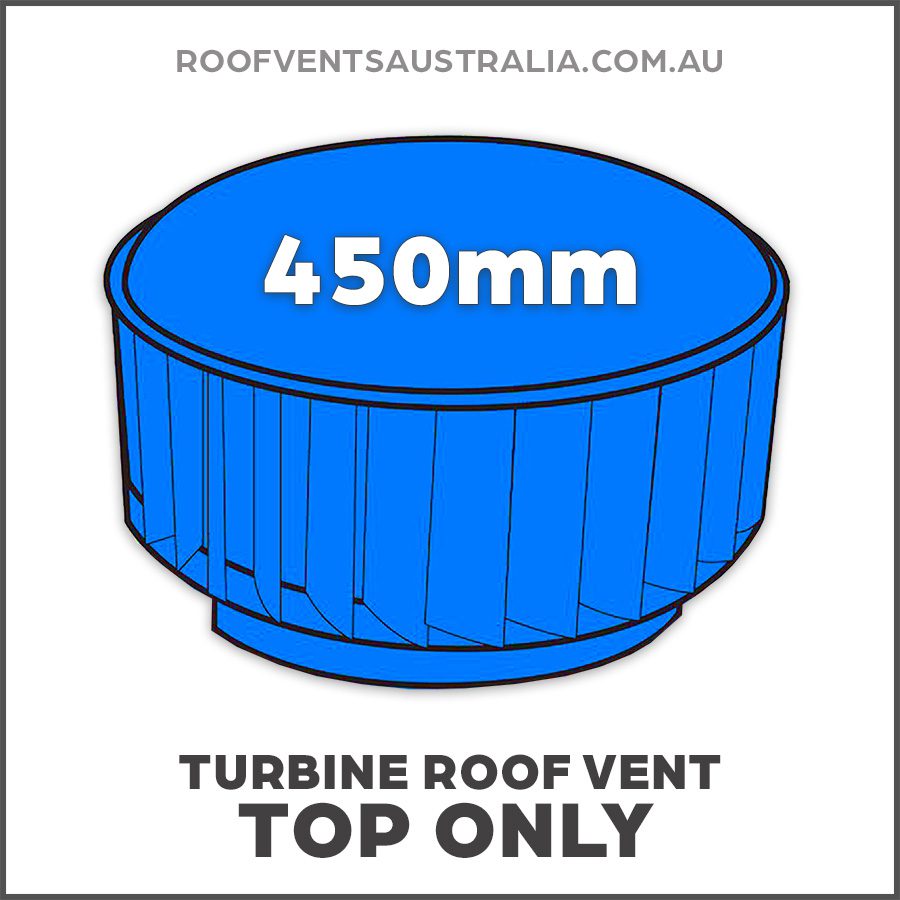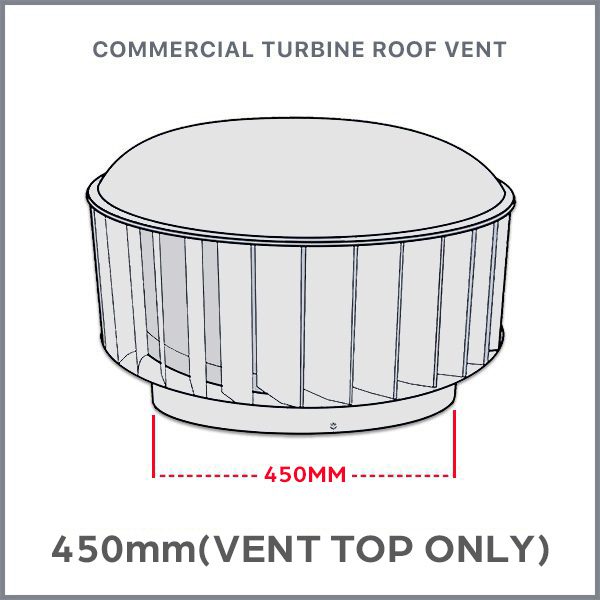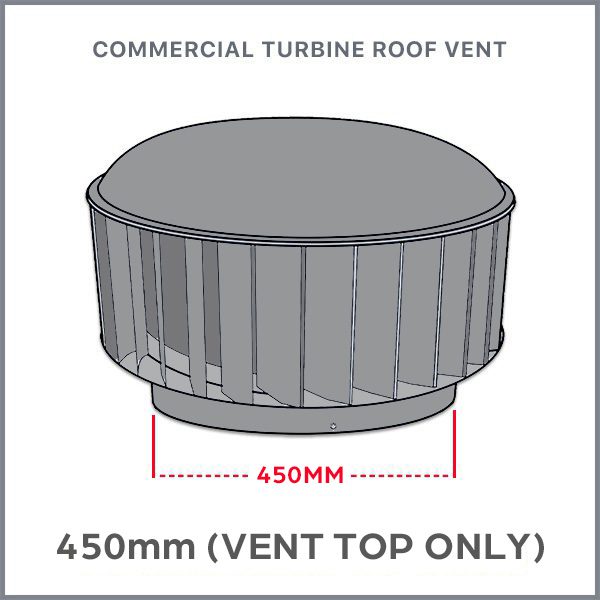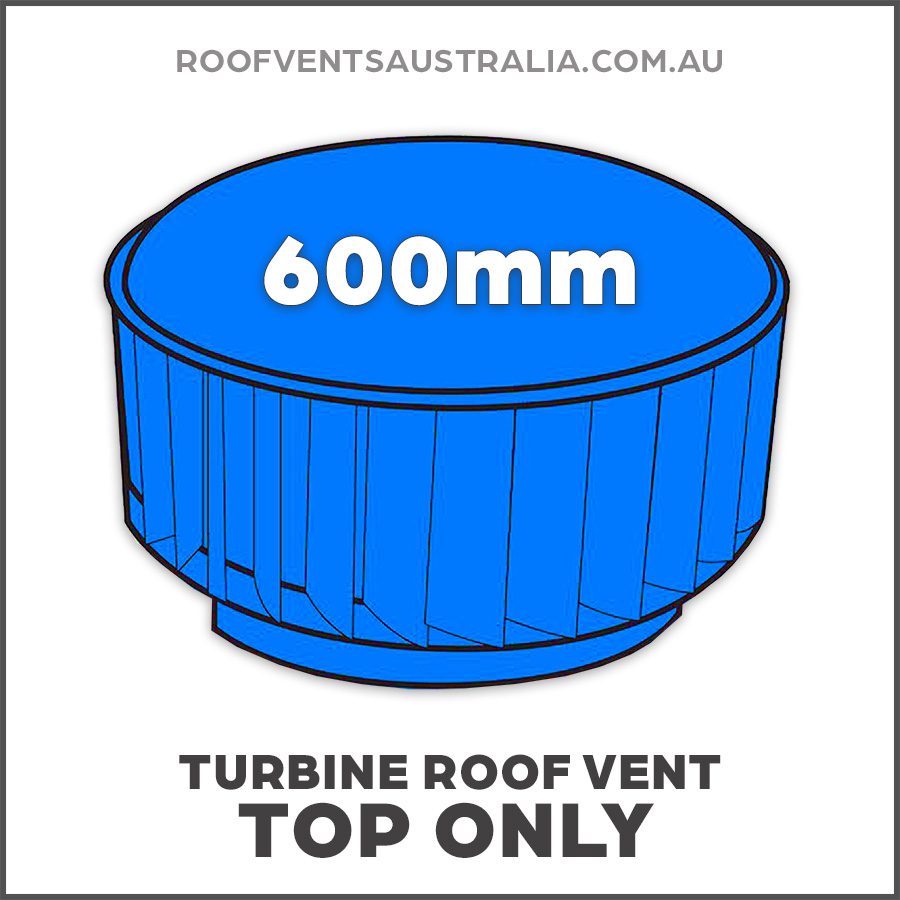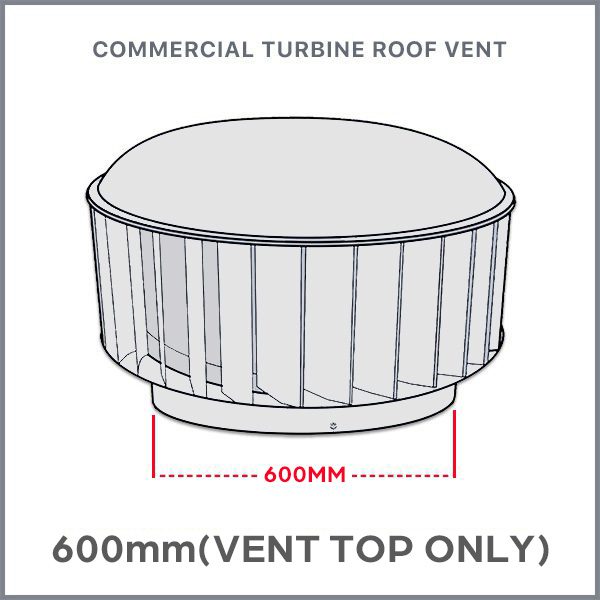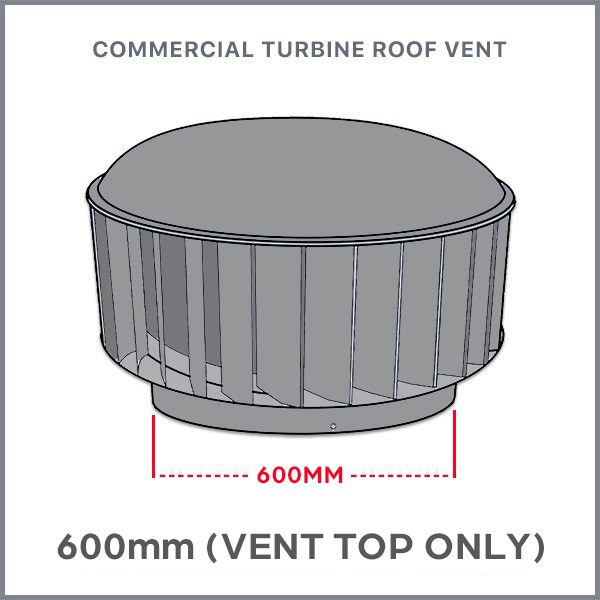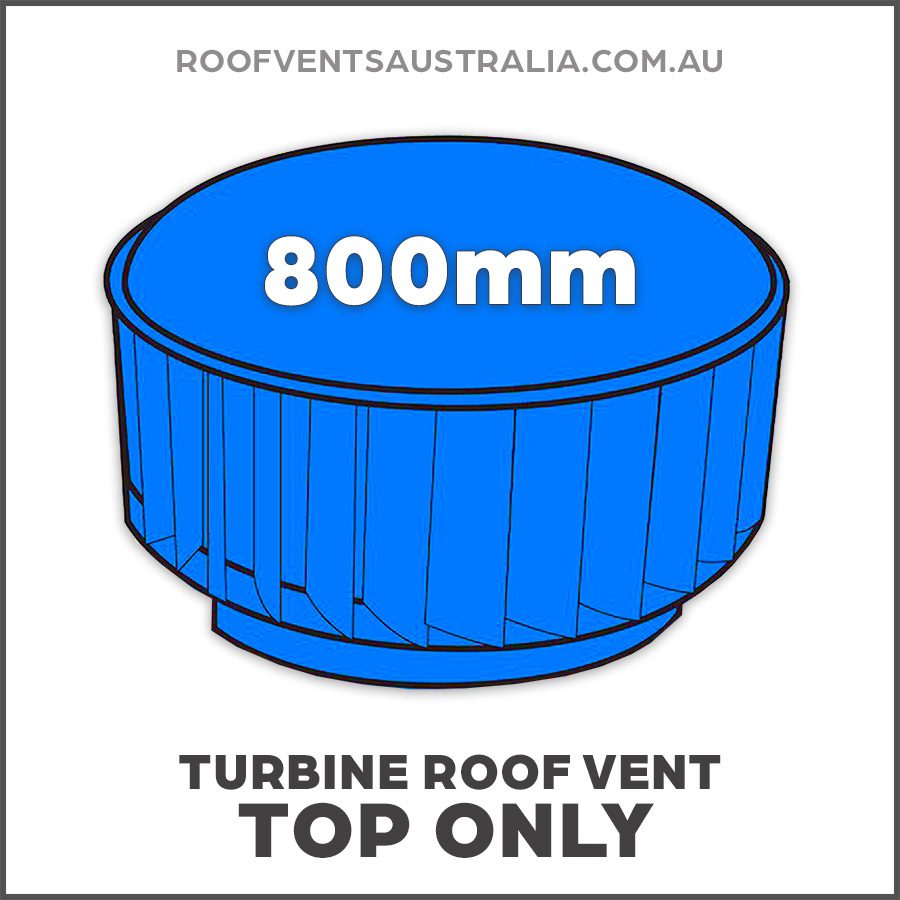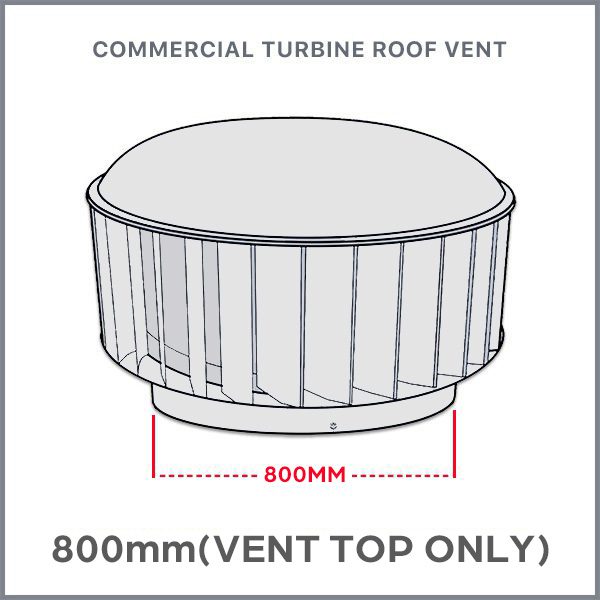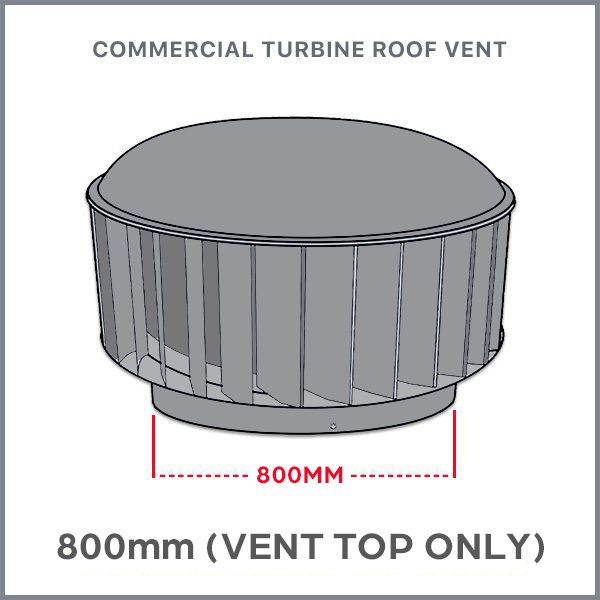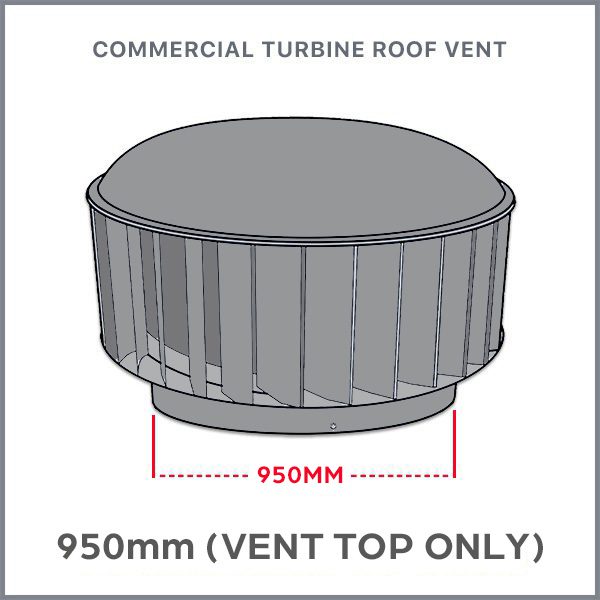Commercial Wind Turbine Vents – Tops Only
Ampelite SV Industrial Ventilation PDF
Product Enquiry Form
"*" indicates required fields
Keeping Our Commercial Workspace Safe for All:
How Industrial Wind Powered Wind Turbines Play a Major Role
Industrial roof ventilation has long been recognised as a crucial element for improving the health of workers and enhancing their productivity levels. In particularly hot and humid climates, the installation of wind-powered roof vents can provide cooling effects that are similar to those offered by air conditioning. In certain cases, the use of convective cooling combined with reduced energy consumption may result in cost savings. However, for companies to implement these practices, they would need to prioritise the safety and well-being of their workers, particularly those engaged in manual labour, by allocating adequate funds despite facing financial strain. In general terms, investing in the health of workers through initiatives such as wind-powered industrial roof ventilation leads to higher productivity, which consequently generates greater dollar returns for the company.
INTRODUCTION
All the essential information is provided in the input that has been paraphrased into human-sounding text while retaining citations and quotes. In large warehouse environments, the health and productivity of the workers are of utmost significance. One factor which is often neglected is proper ventilation. Industrial roof ventilation systems, in tandem with advanced wind control flap roof vents, are not just a must but also play a vital role in creating the optimum indoor air quality and working conditions for the large and distributed workforce in such environments. It’s against this backdrop that the present article explores these ventilation systems and the underlying reason why they are a necessity in large warehouse environments.
Importance of Ventilation in Warehouse Environments:
Warehouses, where products are stored, made, packed and distributed, are often filled with furnaces, humidity and air pollutants generated by these activities. Unless building ventilation and filtration systems efficiently manage indoor air, heat, moisture and contaminants become trapped inside the building, causing everything from respiratory issues to fatigue, headaches, and reduced ability to concentrate, all of which negatively impact performance and impact the health and wellbeing of workers and staff.
Function of Industrial Roof Ventilation Systems:
Industrial roof ventilation system – This type of system is designed to let the warehouse having exchange of indoor and outdoor air, which means that vents and fans are installed on top of the roof. Those vents help let air which is full of toxic and heat out of the warehouse , meanwhile, the fans let the fresh and clean air blow in from outside so that people in the warehouse will focus on their works in the most comfortable condition.
The Role of Wind-Powered Roof Vents:
There are existing electrical roof vents which are quite expensive to use and maintain. Wind-powered roof vents are more sustainable and cost-effective. Wind is used as a source of energy to promote ventilation. It can be used without using any electricity and costs are more cheap. When wind passes over the roof vents, a pressure difference is created, drawing stale air out of the warehouse and producing continuous air movement.
Benefits of Industrial Roof Ventilation and Wind-Powered Roof Vents:
Increase in the IAQ: Removing pollutants and introducing renewed air flow with the help of industrial roof ventilation systems have a very positive impact on the IAQ (indoor air quality), keeping the levels of CO2 at a minimum and preventing an increase in respiratory issues. This then increases the overall health of the workers.
Temperature control: Good ventilation maintains moderate temperatures indoors during summer when it is hot enough to overheat the indoor space and prevent the room from becoming hot in winter. Healthe atm Shakespeare Globe theatre works name address mobile phone lunch address Jack is a Penguin Florin Credo Organisation Travels 25-37 hotels US 10 places in Tokyo
Moisture Control: Mold and mildew thrive in air that is overly humid, which can have serious health implications for workers. Good ventilation helps to prevent moisture build-up in the air and, in turn, protects employees’ wellbeing and preserves the integrity of the goods stored within warehouses.
Energy savings: Wind driven roof vents and roof ventilators do not consume electricity. Such energy saving in roof ventilation will help warehouse operators save substantial operational costs. Ecological conservation: Wind energy takes almost no power from the natural world, which ensures that this resulted energy saving method will not do harm to the earth.
Increased Productivity. Good air quality enhances the activity of workers as they feel comfortable. They’ll be able to concentrate well without feeling stressed because they feel great.
Worker health and wellbeing are key aspects of Amazon’s global e-commerce business, and its large-scale fulfilment centres reflect this. Throughout its many outlets worldwide, Amazon deploys large-scale, purpose-built industrial roof ventilation systems and wind-powered roof vents to keep the inner environment fresh.
Real-World Example: Tesla Gigafactories
Tesla has pioneered new ways of thinking about manufacturing when it comes to cooling its futuristic Gigafactories, maximising the use of industrial roof ventilation and renewable energy (with solar-powered and wind-powered roof vent systems) to provide employees with a safe and healthy work environment.
Conclusion:
Ventilation plays an important part in industrial roofing systems, such as in large warehouse buildings. Good ventilation can help minimise fumes and dust that can lead to illness and reduced productivity among employees. Ventilating systems and wind-powered roof vents can help keep a healthy and safe environment for workers by driving out pollutants, providing temperatures control as well as creating a conditioned airflow through the warehouse. When buildings are ventilated properly, it not only helps the people working inside, such reducing the chance of complications from an illness and improving air quality, but it leads to long-term benefits for the operator of the warehouse through better energy usage and a more productive and safe environment. Using industrial roof ventilation in these spaces is a key choice when it comes to creating a sustainable business in the 21st century.

